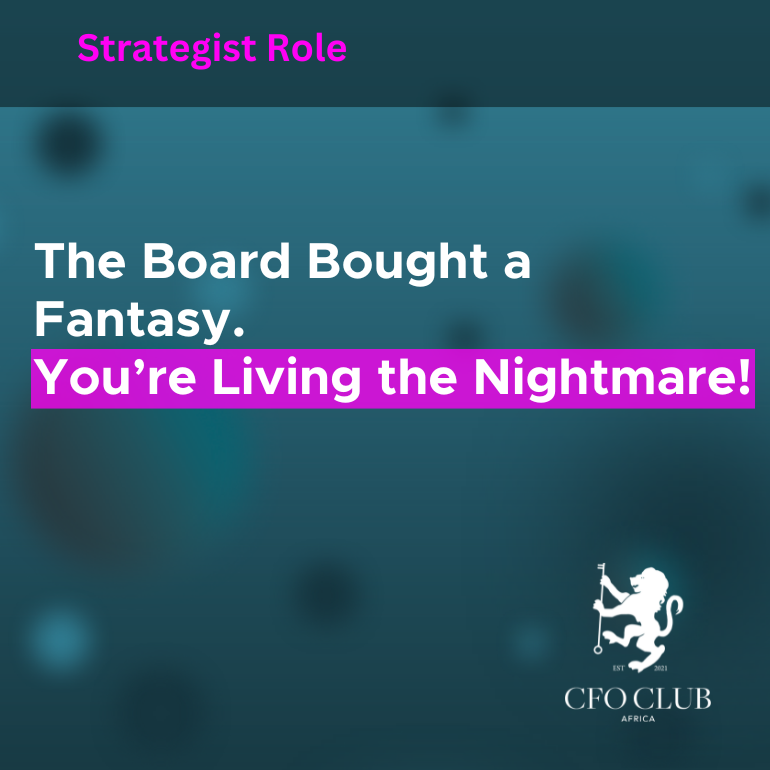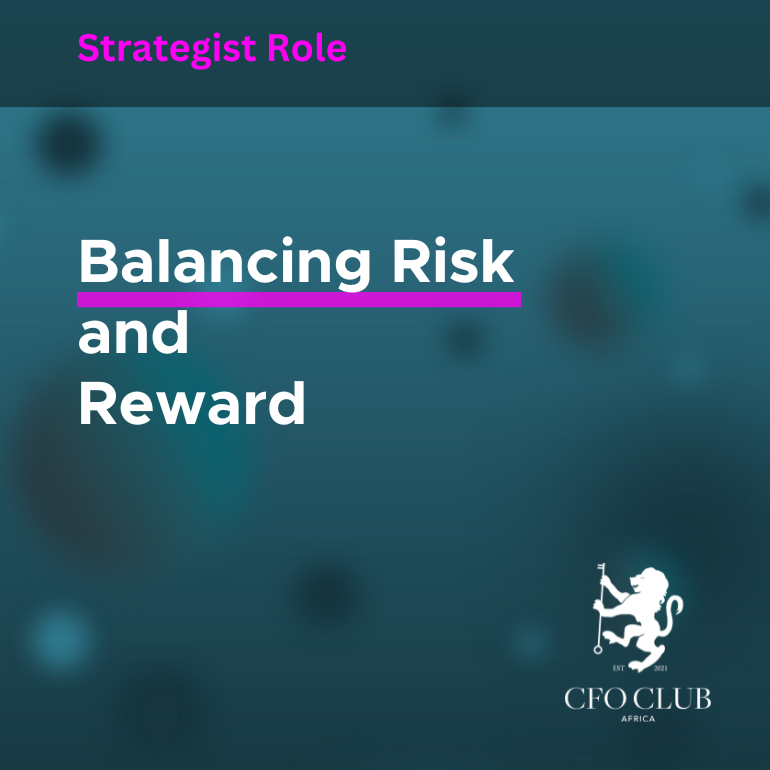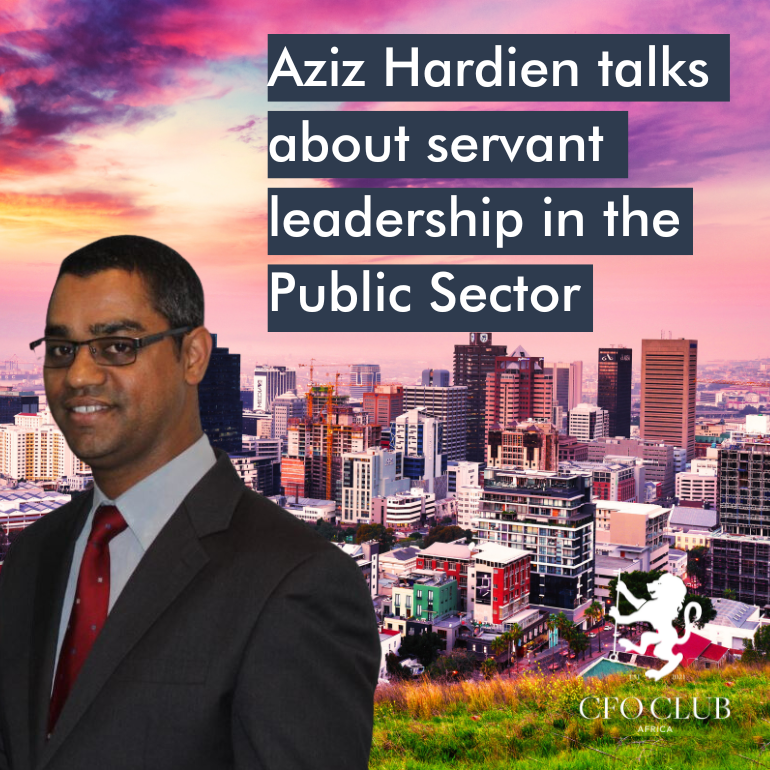The Board Bought a Fantasy. You’re Living the Nightmare!
The Board Bought a Fantasy. You’re Living the Nightmare!
When a business model stops working, the signs are everywhere. Decisions take too long. People argue over priorities. Teams duplicate work because no one is sure who is responsible for what. Clients feel the disconnect before the board does. And often, finance is the first to spot that the numbers no longer make sense.
Most operating models do not fail all at once. They start well on paper, often with the best intentions. Centralise this. Restructure that. Align functions. Improve efficiency. But then reality hits, and what looked efficient in theory becomes unworkable in practice. When an operating model fails, it is usually the CFO who ends up driving the turnaround—because no one else is as close to the numbers or the consequences.
Know When the Model is the Problem
If the business has decent people and decent products, but performance keeps dipping, it is probably not a people problem. It is a structure problem.
Finance leaders need to be honest about this. If business units are constantly fighting for airtime, if cost allocations make profitability impossible to track, or if no one really knows who owns what, then the model is broken. And no amount of tweaking will fix it.
At this point, the job is not to defend what was built. It is to fix what is clearly not working.
Start With the Real Economics
To recover from a failed model, you have to go back to the basics. Strip out the internal politics and fancy frameworks. Ask the core questions. Where does this business make money? Where does it lose money? Which parts are pulling their weight? Which ones are not?
Most of the time, a broken model hides the answers behind layers of cost allocation, shared services, and internal deals. It is your job to pull it apart, show the numbers clearly, and help the business see reality again.
Once you know what is really going on, you can make the right calls about what to change.
Give Back Control Where It’s Needed
One of the most common causes of failure is over-centralisation. It sounds efficient, but it slows down everything. Decisions that should take a day now take a month. Teams lose ownership. People wait for instructions instead of solving problems.
In recovery, you often need to move the other way. Decentralise key decisions. Let business units take ownership of their results. Give them their numbers, their targets, and the power to make decisions within clear guardrails.
This does not mean giving up control. It means putting it where it can actually make a difference.
As CFO, you can still hold the reins. You track performance, enforce accountability, and keep the overall picture together. But you stop bottlenecking every decision at the top.
Cut What’s Not Working
Failed models tend to come with projects that should have ended long ago. Innovation pilots, process redesigns, or “strategic initiatives” that never delivered. Nobody wants to shut them down, especially if someone important signed off on them.
This is where finance has to lead with courage. If a project is costing money and not delivering value, it needs to go. Every cent matters in a recovery. Resources should be supporting what works, not funding what used to sound good.
Cutting the wrong things hurts. Cutting the right things creates space to grow again.
Be Honest About the Why
Recovery is not just about fixing structure. It is about fixing trust.
If the model failed, people are already sceptical. They have seen new ideas rolled out before. They know the pain of change without results. So this time, be clear. Be direct. Say what went wrong. Say what will be different. And most importantly, show them the numbers that back up the shift.
You are not asking them to believe in a plan. You are asking them to believe in progress. That means being transparent. That means letting them see the wins. That means proving that the new model is working, one metric at a time.
Lead with Discipline and Direction
Fixing a failed model takes more than a workshop or a fresh strategy document. It takes leadership. It takes financial clarity. And it takes discipline.
As CFO, your job is to stop the cycle of confusion. Give people a structure that works. Give them goals they can hit. Give them tools they can use. Then track performance, call out what is not working, and adjust early.
You do not need to rebuild the entire business. You need to reset the parts that are blocking momentum.
Once you do that, things move faster. Teams step up. Decisions improve. And the business starts performing again.
Final Word
If your operating model is holding the business back, fix it. Do not protect it. Do not wait. Start with the numbers, be honest about what is broken, and create a structure that actually helps people succeed.
The quicker you realign the business around reality, the quicker the recovery becomes real.





